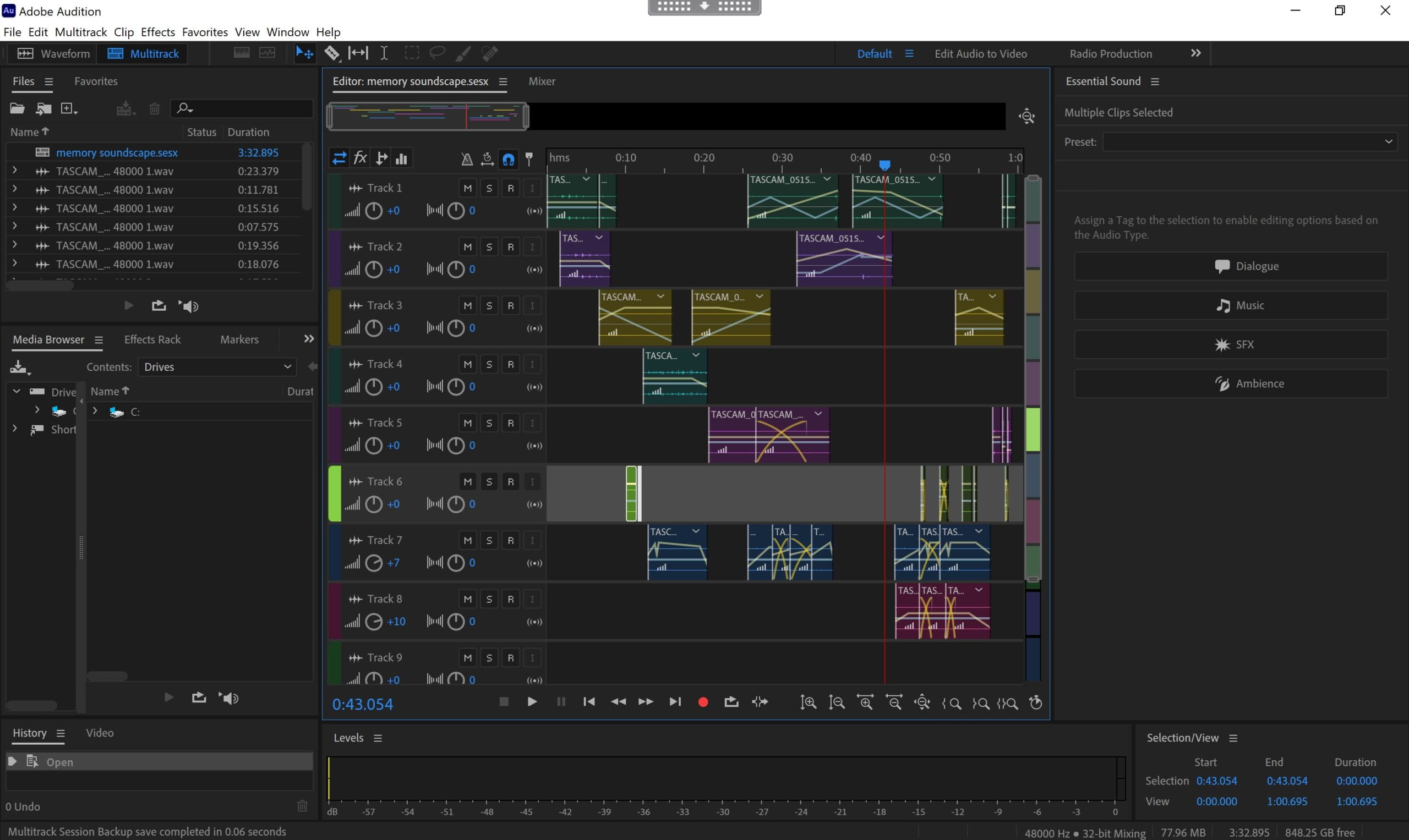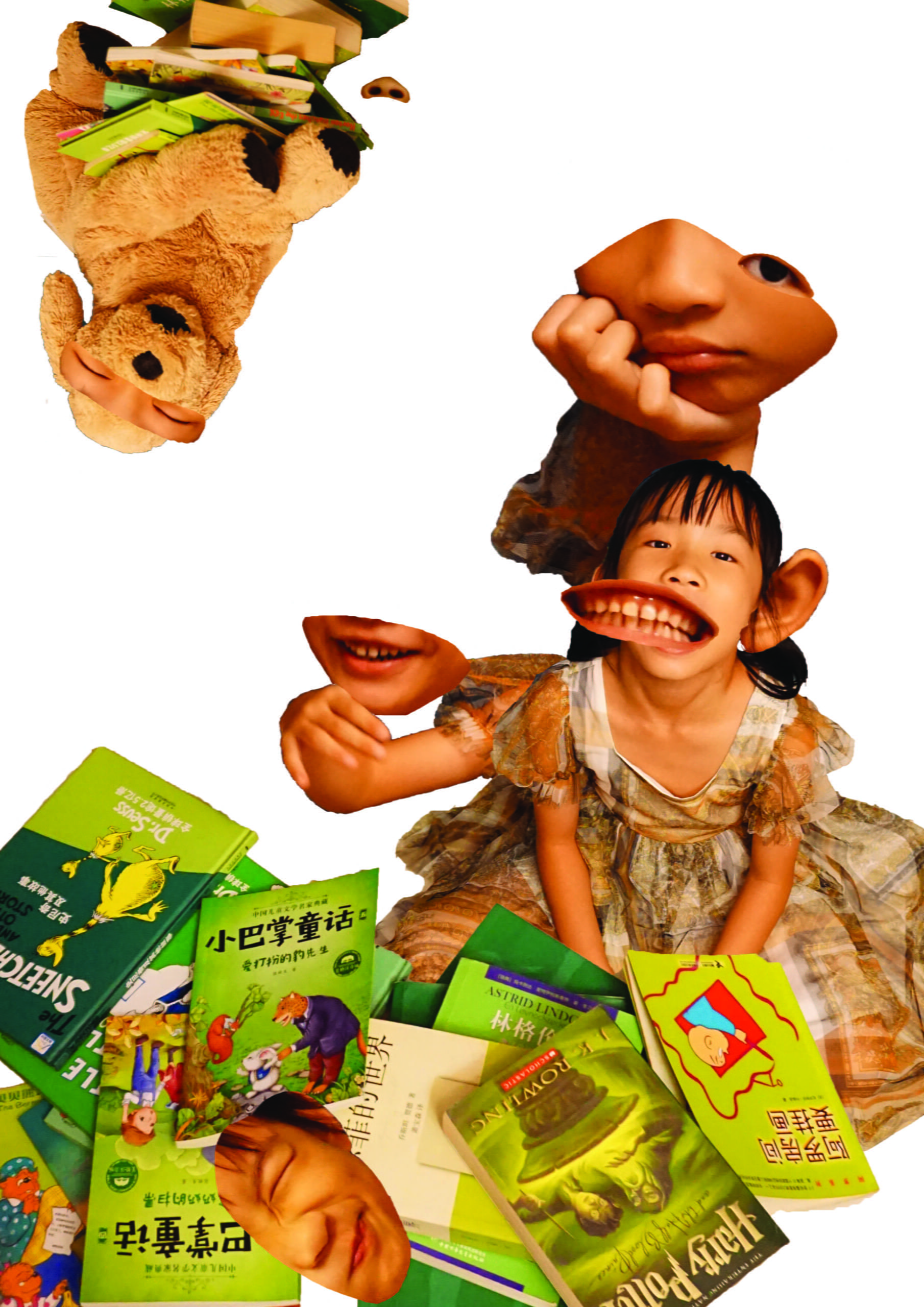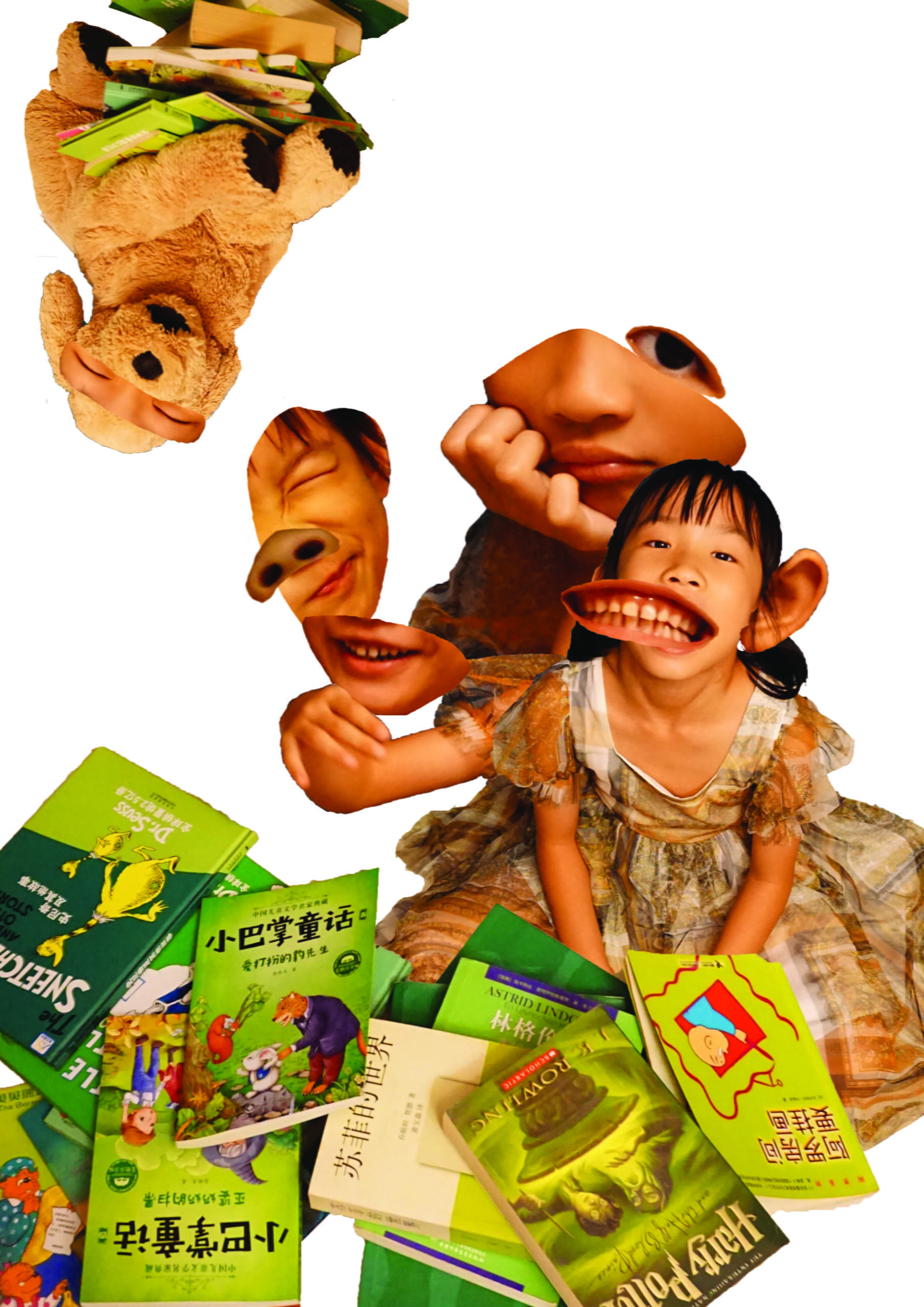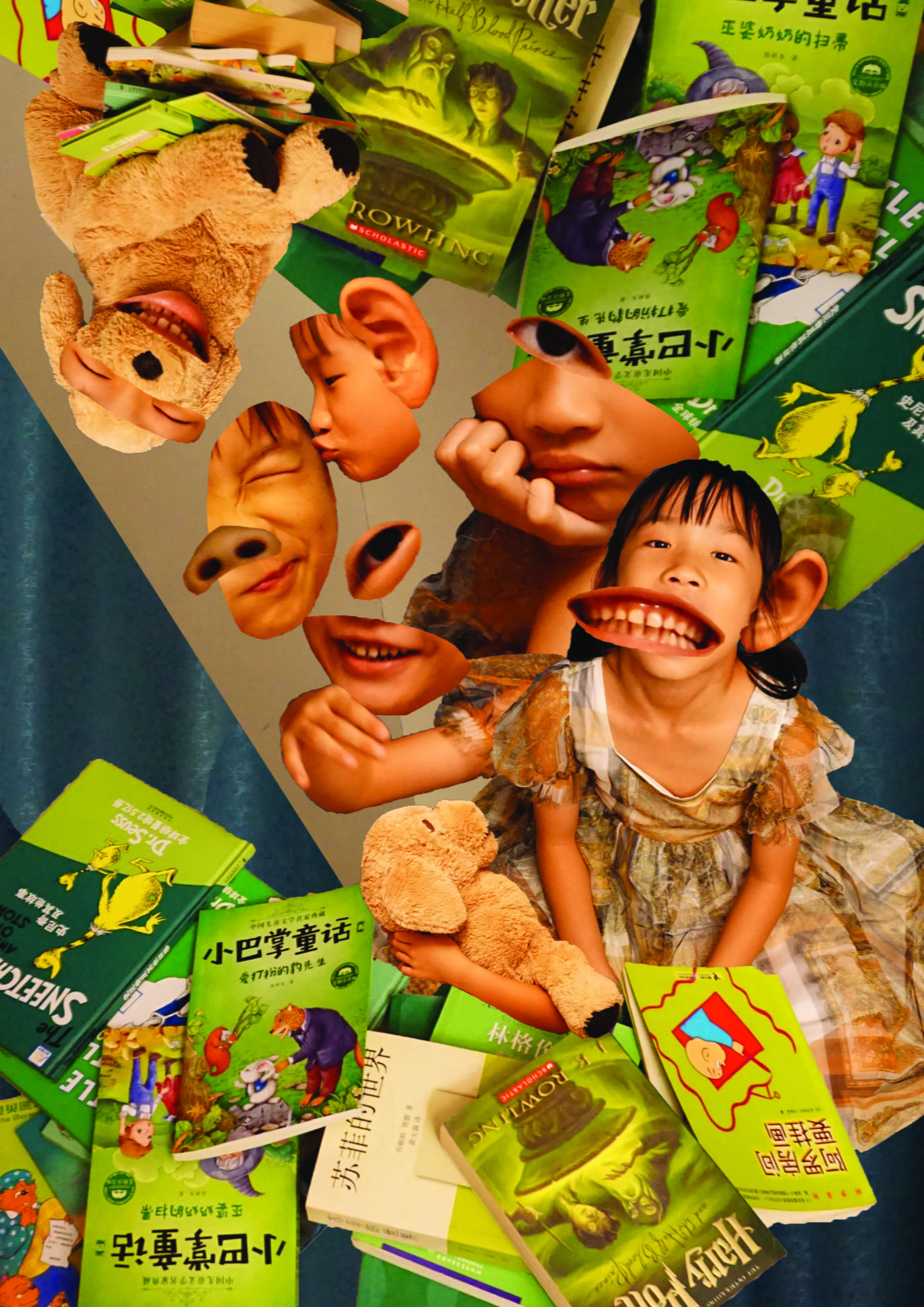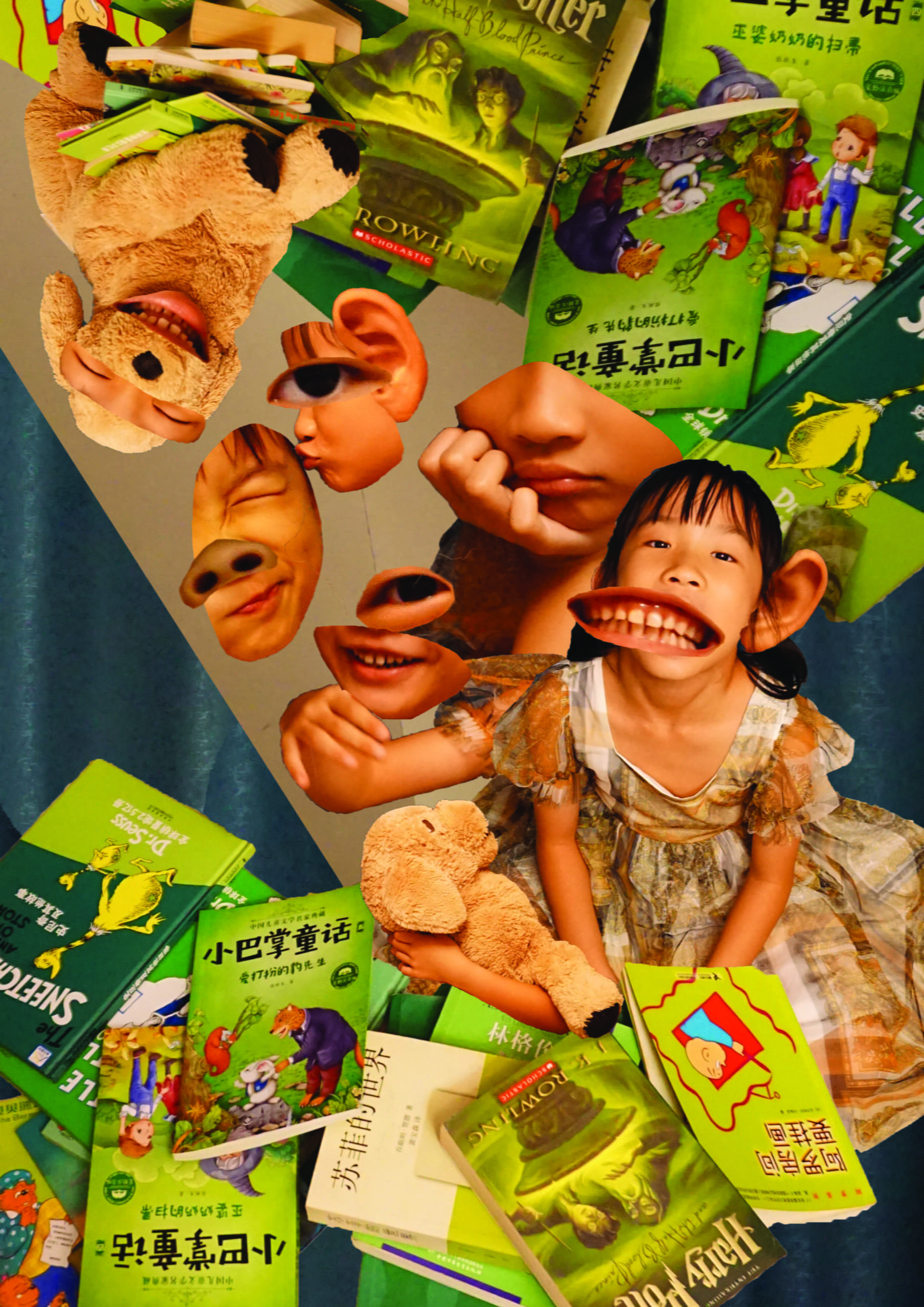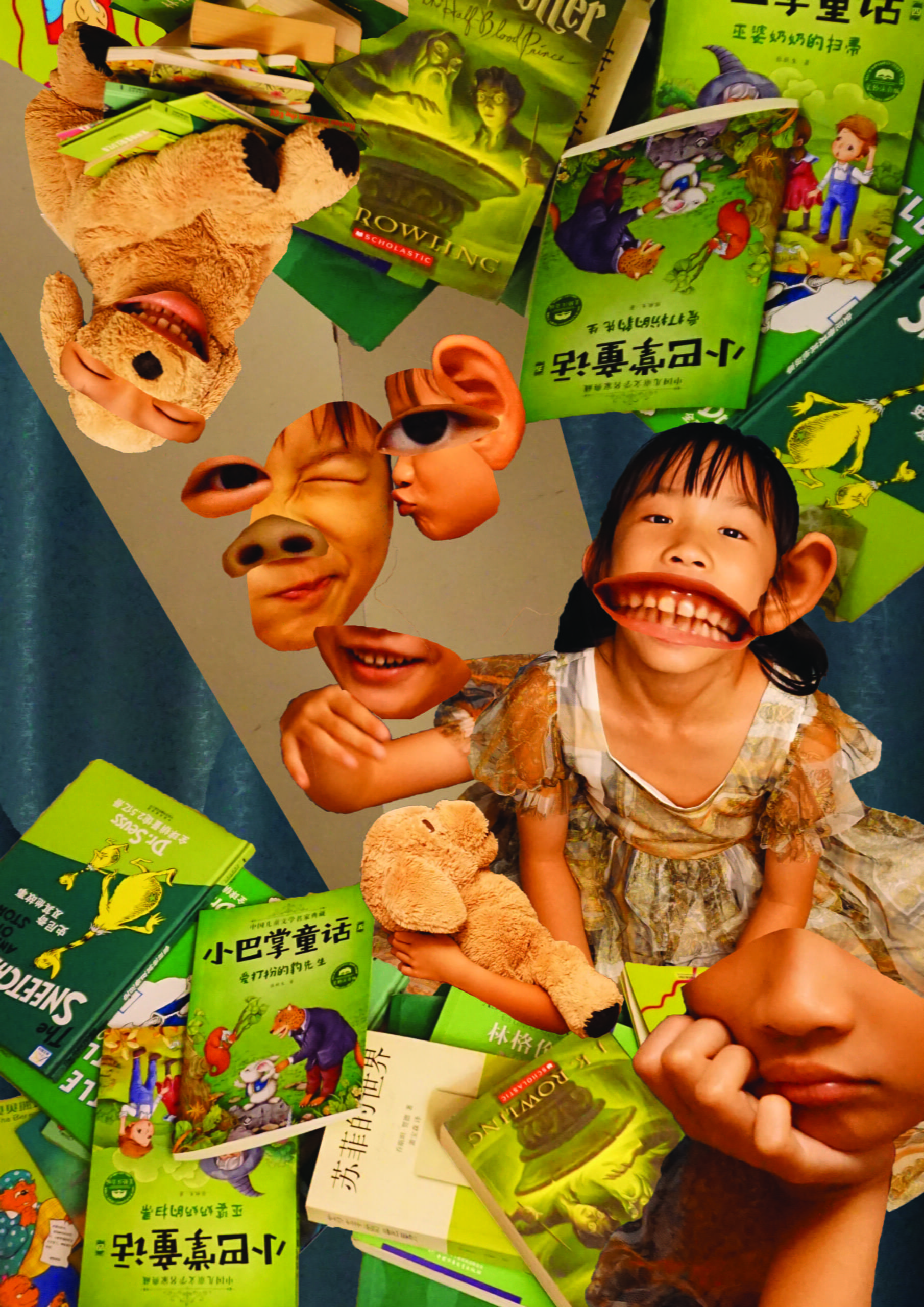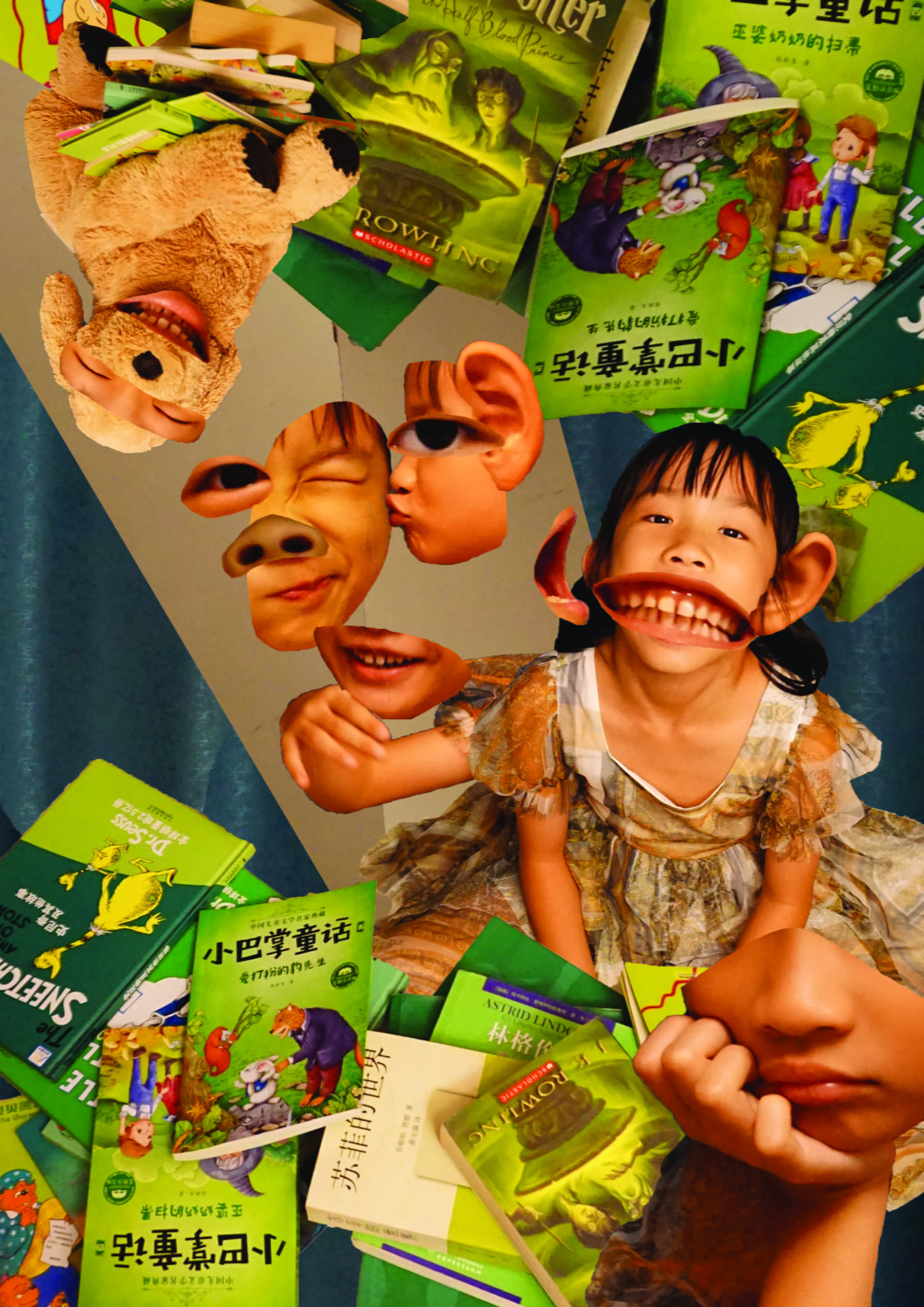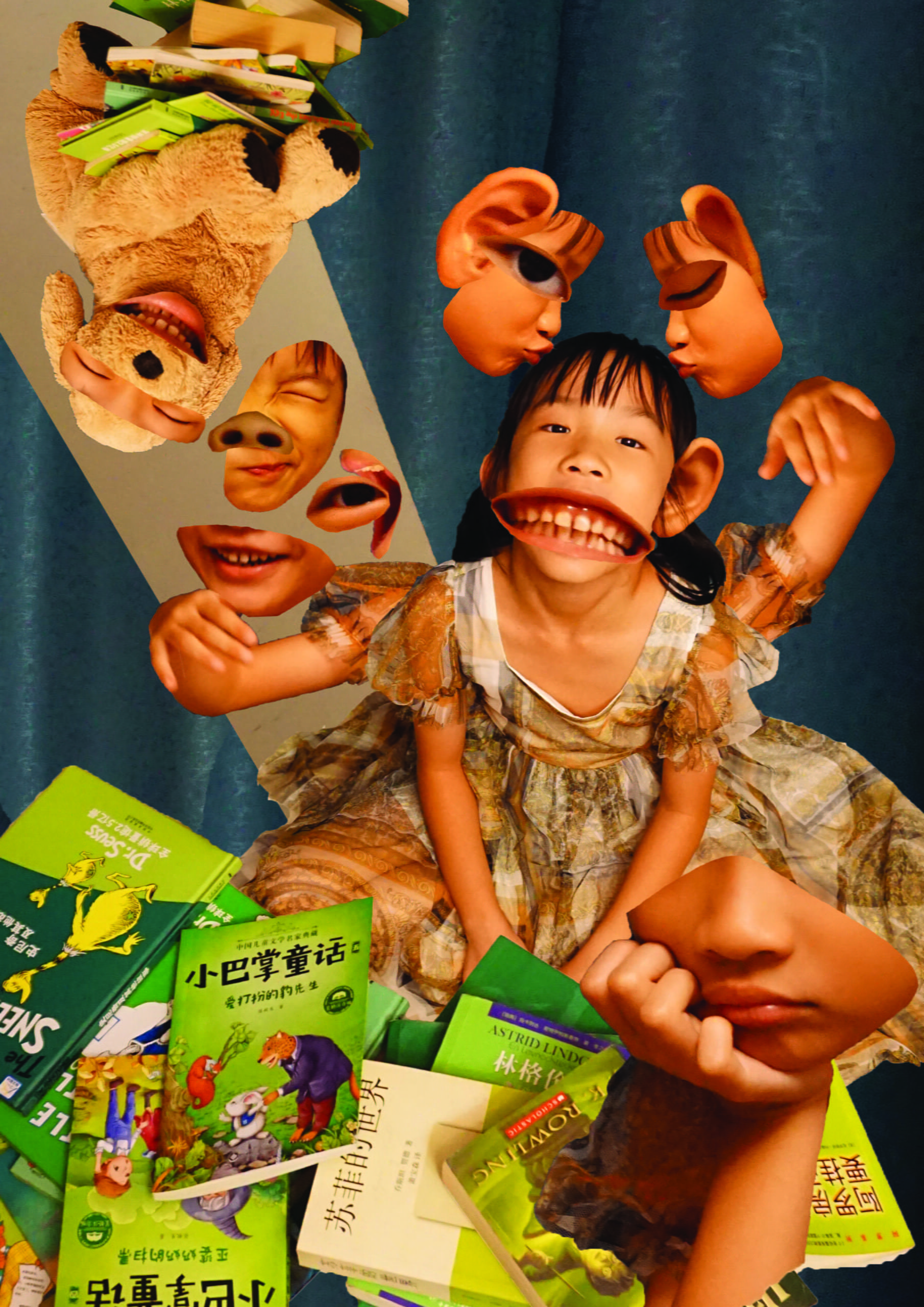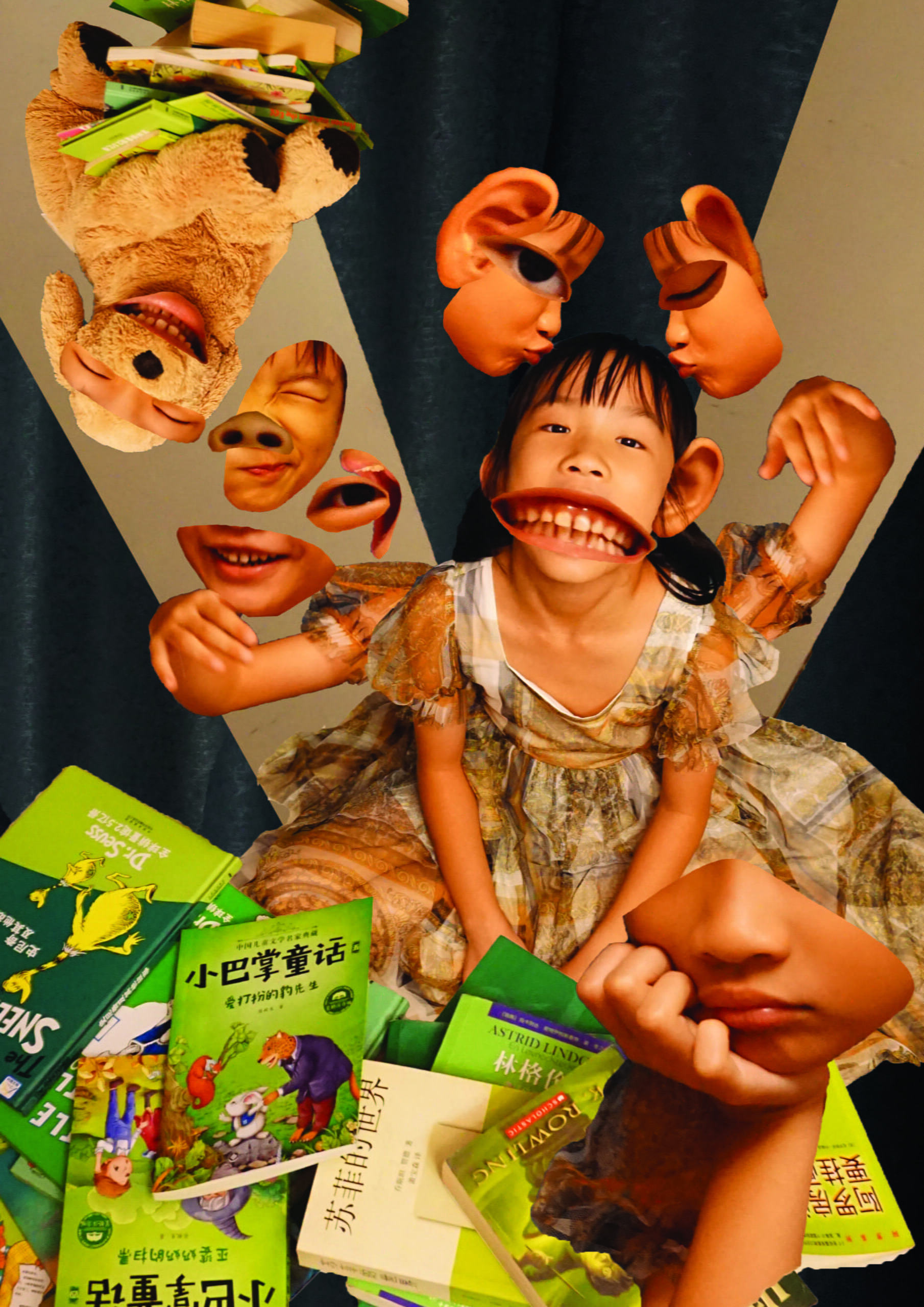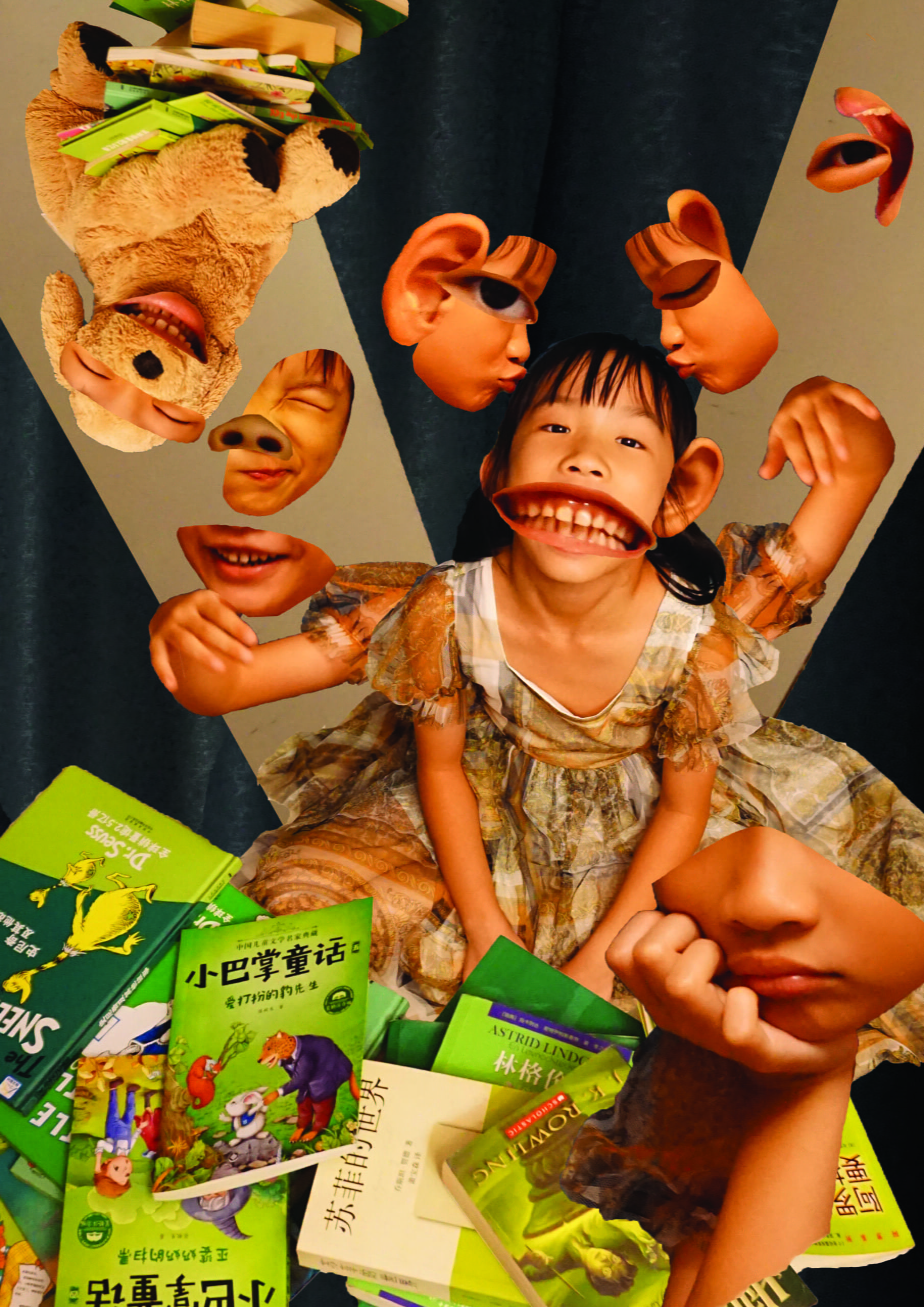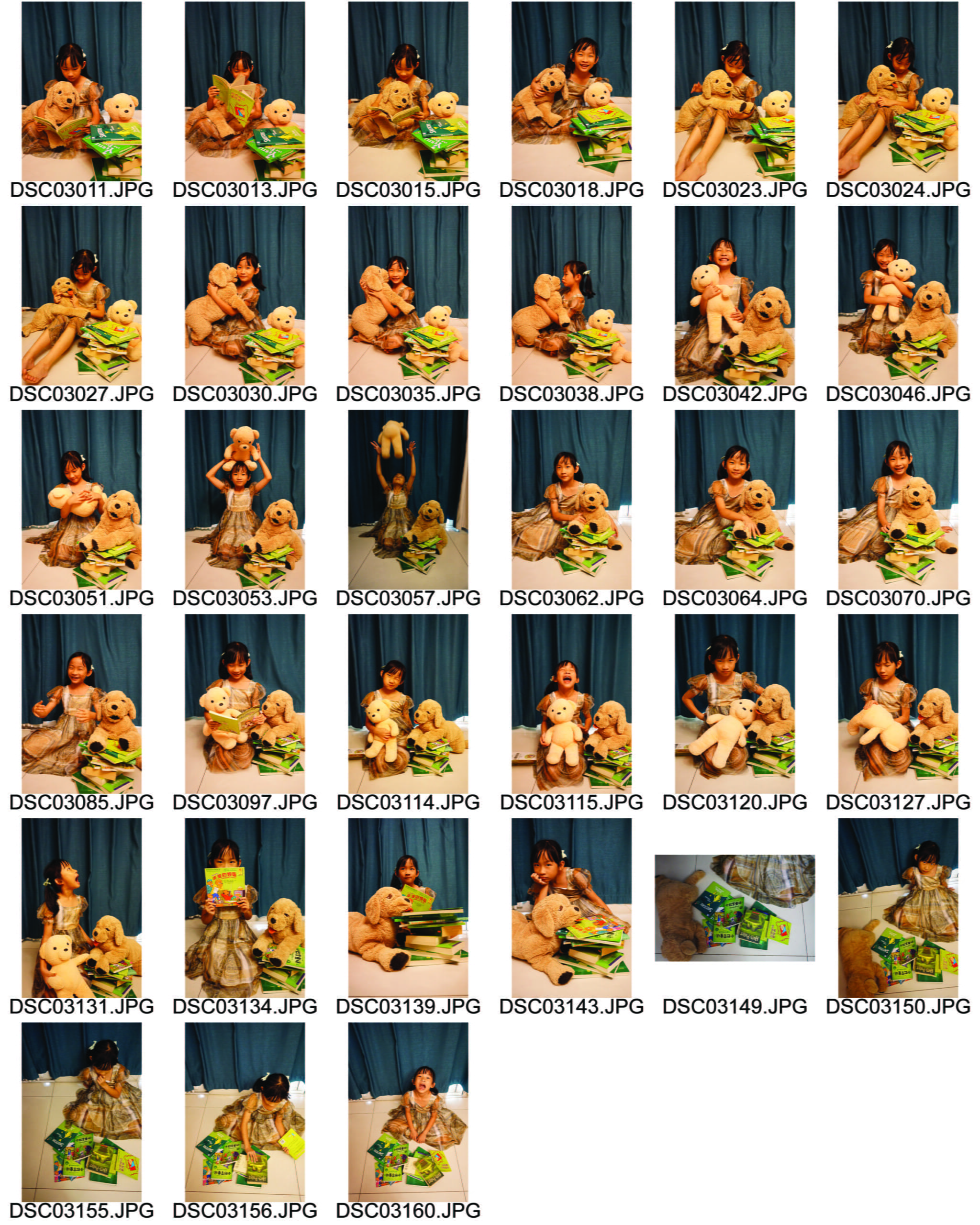The concept of our project is about our original sins. The development of human civilization must be accompanied by sins, but this natural sin is ignored by people in modern society because it is the basis of our daily life. From a child’s perspective, these sins are also blessings that accompany him to grow up. The mutual conversion of sin and blessing runs through people’s growth. The story is about a middle-aged man who reflected his life and found that living is a kind of sin, so he tried to atone his sin. The inspiration and ideation process of this project is quite complicated. At first, I would like to make a detective or criminal video, while Silas would also like to create something deep that reflects the society or our lives. Therefore, we combined the two ideas together and came across the idea of sin and atoning for sin. To show the concept of sin, we set up three scenarios, which were killing for food, going against nature, and creating rules to judge. As for the part of atoning for sin, we use the incenses for worshiping Buddha and the candles on the birthday cake as visual metaphors. We chose this topic because we wanted to explore the different meanings of our lives and offer a unique perspective.



Although we did not completely refer to the storyboard when we are shooting, the storyboard gave us a basic idea and allowed us to complete the project in a more organized manner. We are grateful that Silas’s friend and Professor Ian’s little son can be our actors. In order to shoot the scenes, we went to temples, fish shops, markets, restaurants and so on. We used a tripod to stabilize the image and used a mobile phone flashlight to supplement the lighting when needed. There are Buddhist elements in this video, so we sourced the sound of ringing bells as the background music. The biggest challenge was the incense. We initially wanted to shoot the scene of the incense gradually burning out in the temple. However, when we got to the temple, we found that there was no place to put incense. Therefore, we changed our plan and completed these scenes in a relatively dark outdoor environment. As for the editing & post-production process, we used dissolve effect and introduced juxtaposition in some scenes. We carefully adjust each scene about the incenses and candles so that they aligned and the audience can feel their connection.

In this project, Silas and I did the filming together. I edited the video scenes, and Silas edited the voice-over and the background music for the video. I am very thankful to Silas for working together with me, tolerating our differences and offering unique ideas. Our differing styles—my preference for cheerful works and his preference for slow-paced, deep-thinking works—led to some disagreements. However, this diversity has also given me a more inclusive mindset and more mature thinking. This was also my first time trying this style of video and stepped out of my comfort zone. The project turned out to combine his style with the editing and color tones I like.
In our project, we mainly introduced medium shot. We usually kept the camera still to capture changes in objects, while sometimes we use different camera angles to capture the same movement, such as the scene of worshiping the Buddha. We also introduce stop motion animations to capture movements. We made some scenes featuring a centered subject for a symmetrical look. In order to reflect a mysterious and pious feeling, we adjusted the scenes mainly to yellow and brown tones, and added noise. It involved using filters and manually adjusting contrast, color temperature, sharpening and other parameters. The video’s theme is relatively heavy with a slow pace. To match the theme, the narrator’s voice is quite deep, sharing a heavy and reflective feeling the audience.



